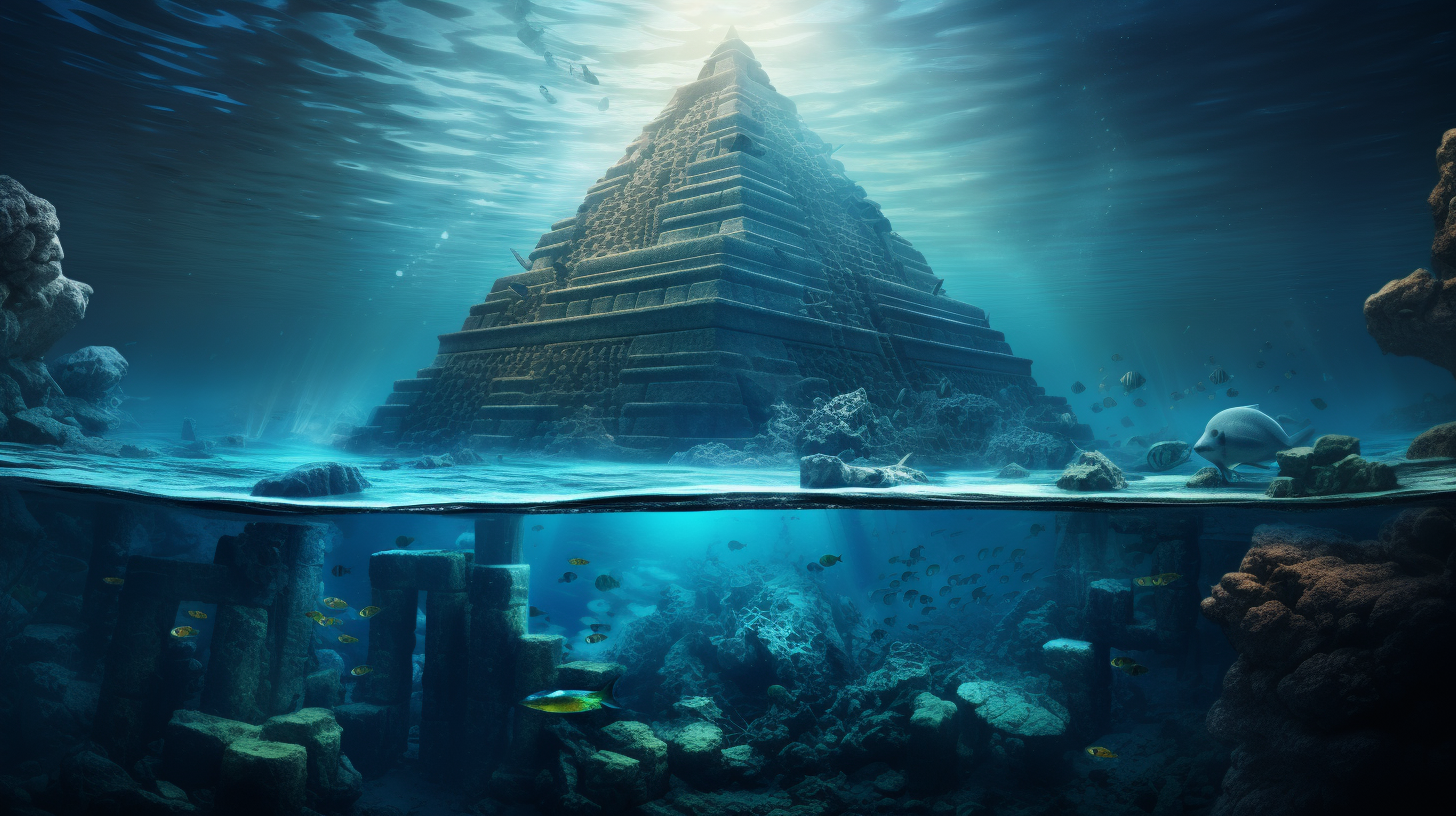Exploring the enigmatic past, Egypt’s ancient wonders – the majestic pyramids of Giza and the mysterious Sphinx – have captivated minds for centuries. These timeless structures have mystified scholars and historians throughout history. However, recent discoveries have brought forth a fresh perspective on their history, hinting at an unexpected correlation: water.
The renowned Pyramids of Giza, a source of fascination for history enthusiasts, stand as enduring symbols of antiquity, evoking wonder and intrigue. Amidst the various theories surrounding their construction, recent findings have led us towards a new narrative interwoven with the element of water.
Imagine a distant time when Egypt’s arid deserts were submerged beneath vast waters. While it may sound unlikely, emerging evidence supports this fascinating theory. A recent archaeological excavation unearthed a fossil that has the potential to reshape our understanding of the Pyramids and Sphinx.

The discovery of this particular fossil near the Pyramids has sparked great interest within the scientific community. It is believed to be remnants of a creature that existed in an aquatic environment. While definitive conclusions are premature, the presence of this fossil ignites curiosity. Could it be possible that the Pyramids and Sphinx were constructed in a location that was once underwater?
The implications of such a revelation are profound. Scholars have debated for years the purposes and methods behind the construction of the Pyramids. While the prevalent belief is that they served as elaborate tombs for pharaohs, designed to assist them in the afterlife, the idea of an underwater construction site challenges this traditional view.
One scenario suggests that the ancient Egyptians possessed advanced engineering skills that enabled them to raise these monuments in areas that were periodically flooded. This challenges our current understanding of their capabilities and creativity, hinting at a deep connection between this ancient civilization and the natural world.

The mysterious Sphinx, with its iconic lion-like appearance, presents another layer of mystery. Could this enigmatic figure have been carved as a tribute to the region’s watery past? While this concept raises more questions than answers, it highlights the deep reverence the ancient Egyptians had for their environment, suggesting that the waters that once covered their land played a significant role in their cultural and spiritual beliefs.
As scientists delve into the fossil and its implications, we are left to contemplate the significance of these discoveries. The saga of the Pyramids and Sphinx may involve a complexity and interconnectedness with the natural world that surpasses our current understanding. While unraveling the mysteries of these ancient marvels remains an ongoing pursuit, one thing is certain: the unearthing of this fossil marks the beginning of a new chapter in the exploration of Egypt’s enigmatic past.
